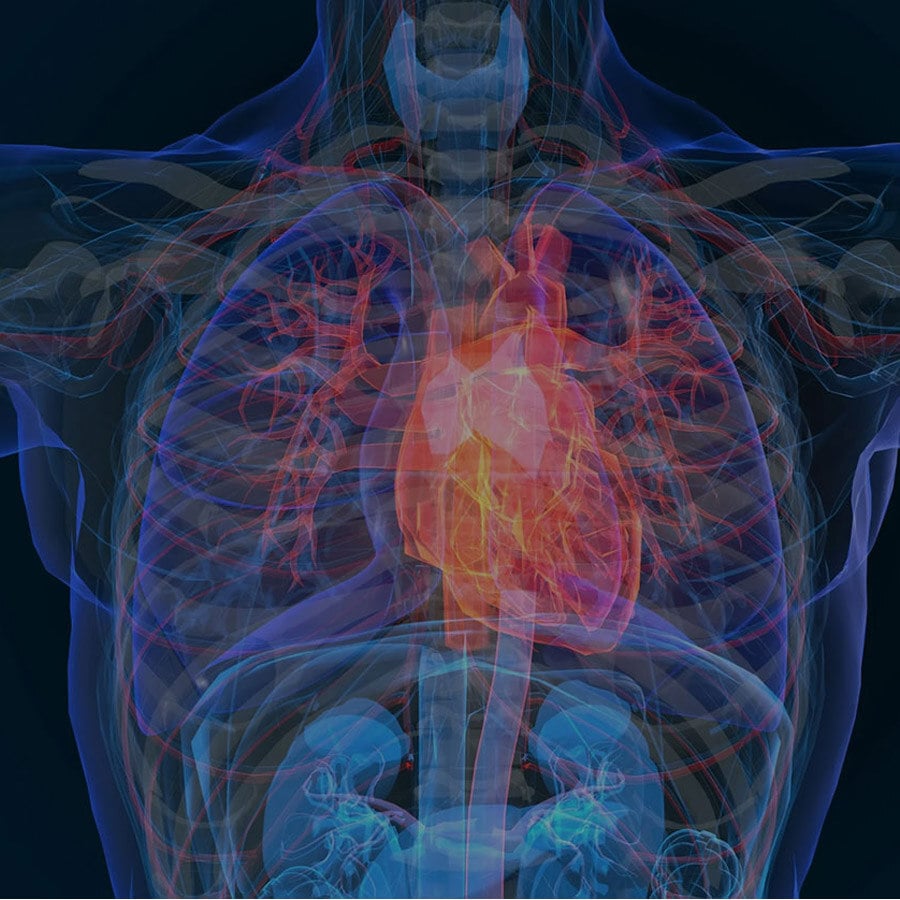We help MedTech leaders achieve
Design Milestones
Product Realization
Preclinical Success
First-In-Human
Clinical Trial Success
Data Excellence
Regulatory Approval
Reimbursement
EU MDR Compliance
Regulations Compliance
M&A Confidence
faster with our proven expertise and resources.
End-to-End Service Provider for Medical Device Companies
Learn MoreWe help medtech
leaders achieve
Design Milestones
Product Realization
Preclinical Success
First-In-Human
Clinical Trial Success
Regulatory Approval
Reimbursement
EU MDR Compliance
Regulations Compliance
M&A Confidence
with our proven expertise and resources.
End-to-End Service Provider for Medical Device Companies
Learn MoreWE ARE VERANEX
When it comes to accelerating your healthcare product ideas into reality, Veranex stands out as the accomplished expert. We offer a revolutionary approach with our integrated service offering for medical technologies by providing comprehensive expertise to healthcare product companies. Our agile solutions ensure that you can develop life changing medical technologies that impact healthcare practitioners and patients worldwide.
WHAT DRIVES YOU, DRIVES US TOO.
The success of your project requires overcoming many challenges. This includes getting the right expertise, delivering milestones on time and staying within budget.
WHAT WE OFFER

Product Design & Engineering
Spark to success: Our full-suite capabilities turn medical innovations into market-ready realities—faster.
We combine strategic research, human-centered design and expert engineering to launch breakthrough healthcare products. Your vision plus our expertise equals game-changing solutions that benefit patients, practitioners and your business.

Clinical Investigation
Expert partners for breakthrough device success.
From first-time market entry to expanding existing claims, our best-in-class clinical and regulatory team deliver investigations that drive results. We create value for every device type—software to combination products—with specialized expertise that transforms regulatory challenges into competitive advantages.

Preclinical Services
Excellence in complex medical technology testing.
From prototypes to clinical-ready devices, we deliver superior preclinical studies with unmatched technical precision. Our passionate team combines ethical standards with scientific excellence to achieve exceptional success rates. We deliver outstanding results—on time and within budget—every time.

Clinical Data Services
Better decisions through data insights
Expert clinical trial analytics delivering the quality, speed, and precision your critical studies demand. Access affordable, perfectly scaled support across data management, biostatistics, RBM, medical writing, and pharmacovigilance—all thoughtfully customized to meet your specific project requirements.

Regulatory Affairs & Quality Management
Navigating regulatory and quality with agility and care
We provide customized regulatory and quality solutions for medical device companies at every stage. Whether launching new products or supporting existing ones, our experienced team guides you from initial concept through market approval while ensuring complete regulatory compliance.

Commercial Strategy & Market Access
Intelligent commercial and market access strategy
Veranex aligns your value proposition with global stakeholder needs through expert market insight. Our international payer network and deep understanding of disease economics enable comprehensive reimbursement roadmaps covering coding, policy, pricing, and evidence development—maximizing your commercial potential in every market.
REVOLUTIONIZING CARDIOVASCULAR
DEVICE INNOVATION
From first-in-class breakthroughs to next-generation improvements, Veranex has played a pivotal role in shaping the landscape of cardiovascular MedTech.
WHY PARTNER WITH VERANEX?
- $3B+ enterprise value created for cardiovascular device
leaders - 120+ patents secured for cardiovascular innovations
- Seamless support from concept to commercialization
Your cardiovascular innovation starts here.
Explore our Expertise ➜
OUR EXPERTISE
Medical Device
Discover cutting-edge medical devices that revolutionize healthcare products, providing exceptional expertise and our full suite of services and solutions to ensures comprehensive support throughout the innovation process.
Diagnostic & Life Sciences
Explore our comprehensive range of advanced diagnostics and life sciences solutions, empowering the design of diagnostic tools for effective disease detection and research breakthroughs.
Drug Delivery & Biopharmaceuticals
We have best-in-class expertise developing breakthrough drug delivery systems and biopharmaceutical solutions to optimize therapeutic efficacy.
Digital Health & IT
Embrace the future of healthcare with our state-of-the-art digital health and IT solutions, driving seamless data management and innovative technologies.
FEATURED RESOURCES
Real Results
Our combined years of experience dedicated to the field of healthcare means that we have solved an incredible number of technically complex challenges. We depend on this experience everyday to achieve revolutionary breakthroughs.
CLIENTS SERVED
COUNTRIES
EMPLOYEES
APPROVED PATENTS
PRODUCTS TOUCHED
Need an expert opinion?
Contact one of our experts to accelerate your innovation today.

